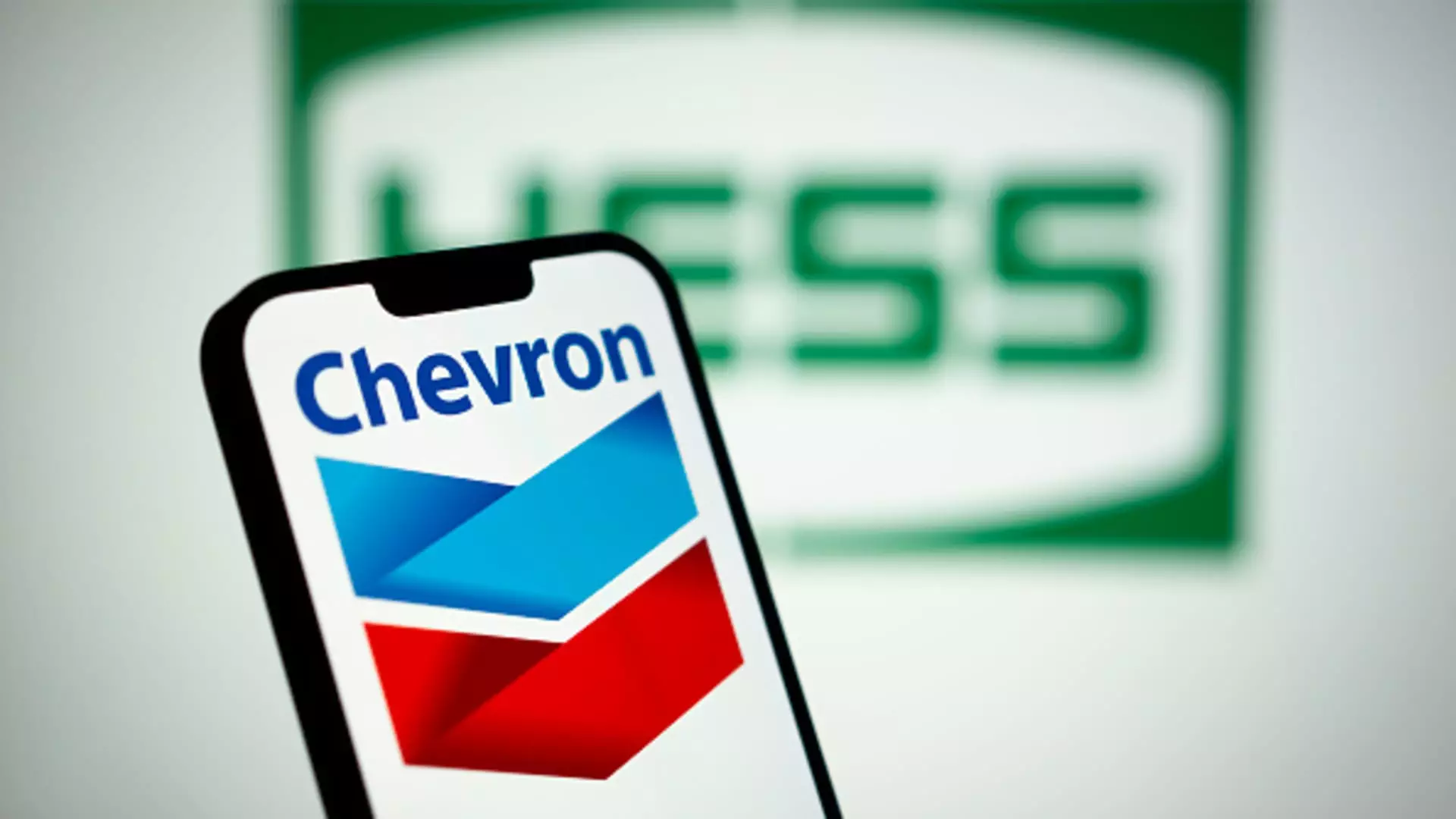Chevron’s recent earnings report for the third quarter highlights the duality of success and struggle in today’s oil and gas market. The company’s earnings per share (EPS) surpassed expectations, reaching $2.51 adjusted against the anticipated $2.43. Furthermore, its revenue of $50.67 billion outperformed forecasts of $48.99 billion. However, a closer look reveals a significant decline in net income, which fell 31% year-on-year to $4.49 billion, or $2.48 per share, creating a juxtaposition between the commendable beat of estimates and the stark reality of decreasing profitability.
The primary drivers behind this decline were lower margins on refined product sales and diminished prices, coupled with the absence of the favorable tax conditions that helped boost profits in previous periods. Despite these challenges, Chevron has managed to return a record $7.7 billion to its shareholders, with substantial dividends and stock repurchases, which may send mixed signals to investors about the company’s long-term profitability and value generation.
In response to the changing landscape, Chevron is actively pursuing a strategy to streamline its operations. This includes planned asset sales in Canada, Congo, and Alaska, anticipated to close by the end of 2024. Additionally, Chevron aims to implement cost reductions estimated between $2 billion to $3 billion through 2026, emphasizing a focus on operational efficiency during uncertain economic conditions.
The exploration of these avenues underscores Chevron’s intent to remain competitive and financially robust, particularly as it contemplates future investments in a volatile market marked by fluctuating oil prices and geopolitical instability.
A positive facet of Chevron’s report is its production performance. The company produced 3.36 million oil-equivalent barrels per day, marking a 7% increase over the same quarter last year, primarily driven by impressive output from the Permian Basin. This growth trajectory is critical, as it mitigates some of the revenue losses linked to lower prices and margins.
However, this gain has not translated into stock performance. Chevron’s shares have remained largely stagnant throughout the year, underperforming the S&P 500 energy sector, which has seen over 6% growth. The cloud of uncertainty surrounding Chevron’s potential $53 billion acquisition of Hess Corp. looms heavily, especially amidst legal disputes—including an ongoing arbitration with Exxon Mobil that could potentially derail the transaction.
Chevron’s third-quarter outcomes illustrate a company that is adept at navigating a complex economic environment, demonstrating resilience in revenue generation and shareholder returns. Nonetheless, the significant drop in profits and the factors contributing to it cannot be overlooked. As Chevron continues to bolden its strategic initiatives and challenge market forces, it must also be vigilant about the risks that accompany its aggressive growth plans, particularly those surrounding acquisitions and regulatory scrutiny. Navigating these complexities will be vital for Chevron to sustain its position in the competitive energy sector.

Leave a Reply